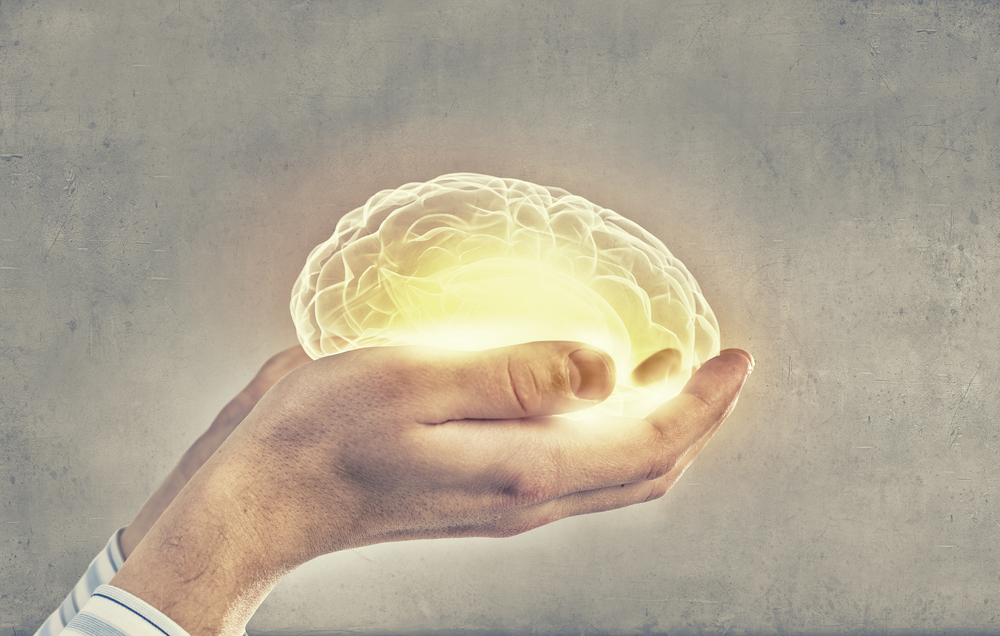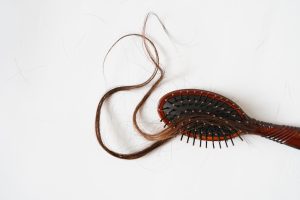Men’s and women’s brains function differently in several areas. Here’s a simple overview of the most important differences.
Others are reading now
While men and women share many similarities, research shows there are also some fascinating differences in how our brains work.
Brain Size and Structure

-
On average, men’s brains are slightly larger than women’s
-
Women’s brains, on the other hand, often have more connections between the two hemispheres
-
That doesn’t mean one is better than the other—just different
Also read
Thinking and Emotions

-
Women’s brains are often more active in areas linked to emotions and communication
-
Men’s brains are often more active in areas related to action and problem-solving
-
This may help explain why men and women sometimes approach situations differently
Language and Communication

-
Women generally use more words per day than men
-
They are often better at expressing emotions and picking up on others’ signals
-
Men tend to be more direct and concise in their speech
Memory and Multitasking

-
Women often have better memory for details and faces
-
They may also be better at doing multiple things at once
-
Men tend to focus on one task at a time and excel at solving concrete problems
Stress and Coping

-
Women often react more strongly to emotional stress
-
Men are more likely to respond physically—e.g., with higher blood pressure or a fight-or-flight response
-
They handle stress differently, so understanding each other matters
What Do Scientists Say?

-
Research shows general trends—not fixed rules
-
There’s a lot of variation from person to person
-
Environment, upbringing, and life experiences also play a big role in how our brains develop
Differences Don’t Mean Inequality

-
It’s important to remember that differences don’t make one better than the other
-
Our brains are adapted in different ways—and that’s a strength
-
Collaboration between the sexes often leads to the best outcomes
Conclusion: We Think Differently—And That’s Okay

The differences in our brains show how men and women can complement each other.
It makes us stronger together—in families, at work, and in society.








